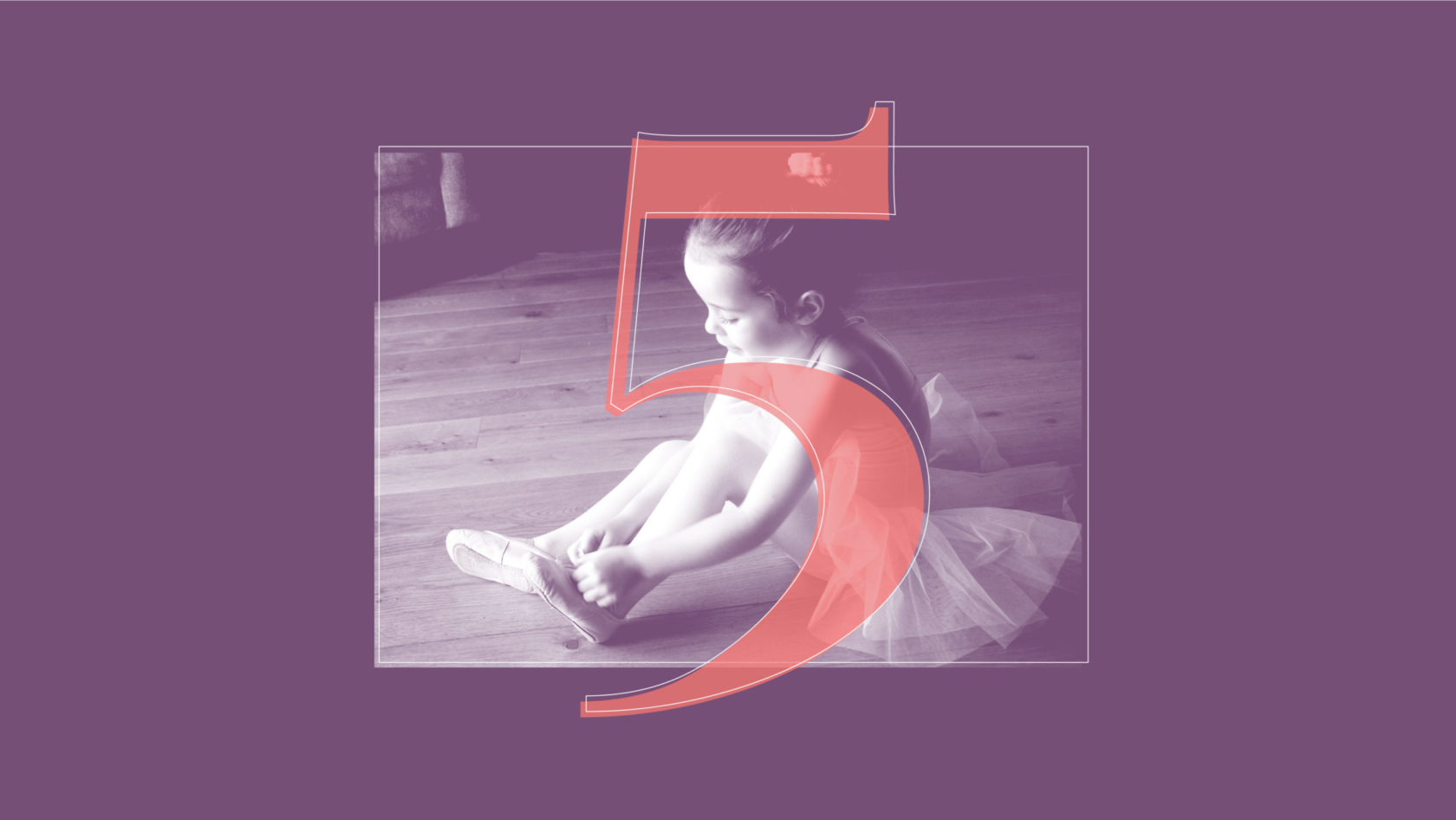Even at the earliest age, ballet students are absorbing the classical principles we instill in them. From as early as age 3, there are fundamental movement and artistic elements that can be cultivated in order to shape how that student learns and develops in their classical education.
To provide that foundation for our ballet students, there are seven Principles of Classical Ballet that ballet teachers must incorporate into their ballet curriculum (See “The 7 Basic Principles of Classical Ballet”). These principles provide a comprehensive training in ballet technique “without losing the spontaneity and enjoyment expressed by children.”*
I have found that sometimes ballet schools and performing arts institutions can have too much one of one and not enough of the other. In other words, teachers need to find a balance between the art and the discipline of ballet. It can’t be all about technique, but it also can’t be all about fun and imaginative play. The following five principles will apply to the ballet student between the age of 3 and 7.
1. Balance
Children under the age of eight are still learning to cope with their ever-changing bodies. With each passing year, they are growing and learning to adapt to how their bodies move in space (See “Understanding Your Student’s Growth Process”). Gravity is a force that works against them, and it takes them a while to be able to move about without losing their balance. “Their balance is constantly changing as their bodies change in shape, size and strength.”*
Keep an eye on their muscle use and focus on perfecting that instead of always reaching the “finished” position. “It is the correctness of muscle use that builds the final beauty of ballet, rather than the attempt to create a ‘perfect appearance’ in beginners.”* (Most about correct posture here.)
2. Turnout
Turnout should definitely be limited while the children are still under age 8. When they are first getting started, their turnout should be somewhere between 60º and 80º. No child should be expected to have more than 90º of turnout in their first year, and usually not pursuing more than 90º until they are 8 years old. (See this article about turnout for pre-ballet.)
Strength in the hip joints is built slowly over time. To first introduce the idea of turnout, sit your young dancers on the floor with their legs out in front and practice rotating the legs from the hip (as in the exercise from the Level 4 Curriculum Book). Soon, they will able to stand on their legs and rotate their legs, but they should also continue to practice the parallel position to encourage strength in the natural alignments.
Watch out for more turnout on one side. They need to learn that both legs turn out equally. If they do not learn to use their muscles this way, they could have problems down the road with balance and symmetry of movement. Also, remember that “any change from nature’s intended alignment carries with it a much greater risk of injury”*, so do not ever tell them to force their legs to achieve greater turnout.
3. Transfer of Weight
Body placement is crucial to the dancer’s ballet training. If a dancer cannot learn to stand and move with the proper placement of weight on the legs, she will tend to look clumsy and out of control of her own body (See “Don’t Be a Skipper, Teach Them to Skip!”).
Ballet is made up of constant transfers of weight—side to side, up and down, forward and backward, from one foot to two feet, etc. A dancer must learn to master all of these different kinds of transfers while remaining totally in control of her body. This principle can be taught even at the most beginning levels in simple ways and translates all the way up as they grow.
4. Creativity
This is a principle that, as I alluded to before, some teachers can forget about in their quest to perfect a student’s technique. It is such a huge element in the dancer’s training repertoire and must not be skipped.
Creativity does not happen in a vacuum!*
Ruth Brinkerhoff reminds us that teachers must show students how to be creative sometimes. They are extremely imaginative and uninhibited at a young age, but they must also be carefully guided and instructed on how to do imaginative activities.
Dancing is not just moving, it’s also feeling, expressing and telling. Students need to learn that their dancing is not just performing mechanical movements, but it’s also a deeply compelling and communicative art form.
5. Miming
Similar to the creativity principle, miming teaches young dancers to tell stories through their dancing. It helps if the stories you teach them are events that occur in their everyday lives. Perhaps a story about going to the beach or to the park and what you experience there would suit your dancers. Using a story that has a clear beginning, middle and end will also teach the dancers to memorize a sequence of events as well as a sequence of dance steps therein.
You may have to slow things down and use a lot of repetition in these types of dances so as to make sure the story is clearly presented and understood.
Summary
These five principles will guide the young student through their beginning years of ballet slowly building a strong foundation for the principles yet to come. Teachers must remember these principles and be sure to provide a variety of activities in each area so that the student is well-rounded and ready to progress and succeed.
Related Articles:
- Understanding Your Student’s Growth Process
- Don’t Be a Skipper, Teach Them to Skip!
- Progressing Into Ballet Technique
- The 7 Basic Principles of Classical Ballet
*Cited: “Ballet Arts for Young Children: Level 3” by Ruth Brinkerhoff, © The Ballet Source, 2016.


Comments
No comments for this post.
Add Comment